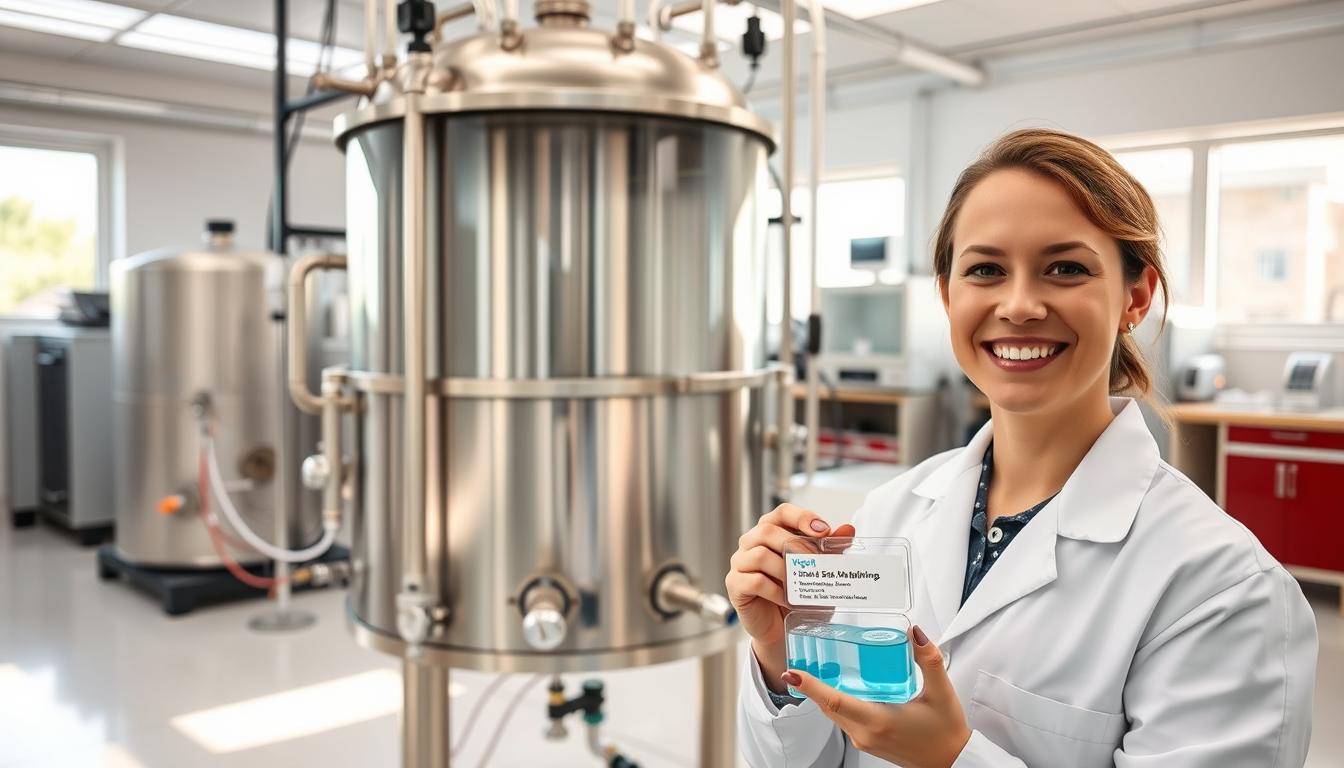Welcome to my blog – Rinobs Anaerobic Digestion and Biogas Blog

I am Freya and I run this website with my partner Ri.
It is a nickname that he was given by friends at college and it has somehow stuck with him. There is a story behind it, but I would rather not tell you about it here, thanks! (My friends will giggle when they see this, but for the rest of you – hard luck!)
I have wanted to try my hand at blogging. I have been studying how to create a blog properly for some time, but even so in the end, I got a friend in the media industry to set this up for me.
I have a wide range of interests, which it has to be said are at times rather dotty (some say my technical interests can be rather weird and even “sad” it has to be said), and I do tend to find one topic interesting one day and rather move-on the next, so here it is – my blog at last.
If you want to contact me, please use my contact page, and send us an email. We are based in the UK.
Let me know what you think.
Freya
Help Us in Our Mission to Publicize the Benefits of Anaerobic Digestion
Recently (November 2023) the Anaerobic Digestion and Bioresources Association made the case for investing in Anaerobic Digestion as follows:
In the face of the energy crisis, looming climate crisis, fertiliser crisis, food security crisis and repeated CO2 crises — still, anaerobic digestion is key to resilience, wrote Joanna Goad, Analyst at ADBA. By 2030, the Anaerobic Digestion sector, if given better support, produce 5.7 billion m3 of biomethane on a yearly basis, enough to heat 4.5 million houses. Assuming a 25% increase in plant efficiency, these values might increase to 7.1 billion m3 per year, enough to heat 5.5 million homes. All of this can be accomplished without importing fuel, instead by developing the AD sector in the UK.
In the lack of Defra support for organic fertilisers and bio-CO2, it is time to recognise the full value of AD generated products such as digestate and CO2. Based on biological carbon, these net zero outputs from the AD process have the ability to avert these problems by supplying 1392% of industrial CO2 gas demand in the UK by 2030. Spreading digestate instead of artificial fertilisers might save over £13,000 per year on an average UK farm of 50-55 hectares.



